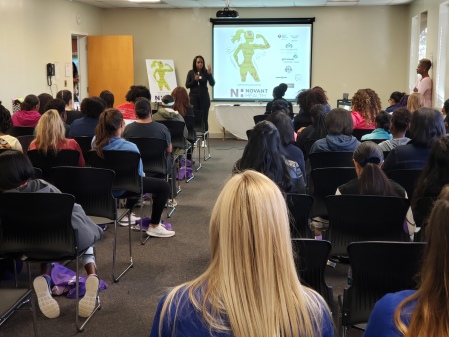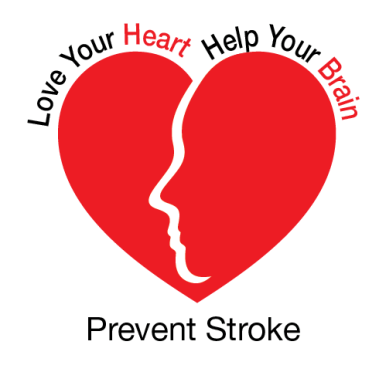
As we approach the end of 2018, the American Heart Association continues to encourage the Charlotte community to support its mission toward being a relentless force for a world of longer, healthier lives. Some may think donations to the AHA only impact lifesaving research for heart disease and stroke patients, but the AHA is similarly invested in advocacy and community education that benefit all of us.
How is that possible? The health of many residents in the community is determined by the environment in which they live, grow, work and learn. The AHA is committed to improving the living conditions of underserved areas by advocating for safe streets, healthy food options and access to quality, equitable care.
Within the Charlotte community, many lower income neighborhoods are at risk from lack of access to nutritious foods, healthcare and physical activity. According to Charlotte-Mecklenburg and public health stats, 16.4 percent of families live in food deserts and 26 percent do not incorporate physical activity into their daily routines. Smoking is an additional health concern as 17 percent of residents smoke. With the help of AHA and Tobacco Free Mecklenburg, government subsidized housing was required to comply with Smoke Free Policy, which impacted over 22,000 Charlotte residents who live in these units. This lifestyle can be detrimental, raising the chances of cardiovascular disease and other health conditions.

The AHA worked with Charlotte City Council and the community to pass the Charlotte WALKS Pedestrian plan, Charlotte’s first safer walking and biking plan. In November, voters passed the bonds which provide for new affordable housing, new streets, trails and bike lanes, and neighborhood improvements. And more than 350 sports balls were donated by Charlotte Heart Ball guests to provide CMS After School Enrichment Program with necessary equipment for physical education activities and summer programming.
The health of all Charlotteans continues to improve as Novant Health enrolled in the AHA’s Target: BP program utilizing our resources to measure and manage hypertension in more than one million patients. Free clinics are working with the AHA to provide blood pressure self-management programs as well as healthy eating and physical activity kits for children and families. Faith-based organizations have improved the health of their congregations by providing AHA educational materials, assessment and goal setting, standards and online forums and tools. Mecklenburg County Health Department’s faith-base initiative, Village HeartBEAT now requires all participants of their program to have a smoke free policy, healthy eating policy and mandatory CPR training at their sites once a year.
With continued financial support from the community, the AHA and many other local partners working together to improve lives will implement policies to ensure that all of Charlotte, including underserved neighborhoods, have access to the necessities that sustain overall health. For more information on how you can support the work of the AHA and give back to our community, contact our office at AHA Charlotte 704-417-5751 or email ahaclt@heart.org











 Heart disease and stroke are the nations No.1 and No. 5 killers. Part of the American Heart Association’s mission is to reduce disability and deaths caused by heart disease and stroke. The Greater Charlotte Heart Walk is the premier event for raising funds to save lives from these silent killers. The Heart Walk will be held at First Ward Park in Uptown Charlotte on Saturday September 29th. The event will include a 3-mile non-competitive walk and a Kids Heart Challenge race and obstacle course for children ages 5 to 12. Traditional sponsored tents in the health expo area will include activities such as zumba, yoga, jump rope, Hula-hoop, giant Twister game, CPR demonstrations, blood pressure screenings, and stationary cycles.
Heart disease and stroke are the nations No.1 and No. 5 killers. Part of the American Heart Association’s mission is to reduce disability and deaths caused by heart disease and stroke. The Greater Charlotte Heart Walk is the premier event for raising funds to save lives from these silent killers. The Heart Walk will be held at First Ward Park in Uptown Charlotte on Saturday September 29th. The event will include a 3-mile non-competitive walk and a Kids Heart Challenge race and obstacle course for children ages 5 to 12. Traditional sponsored tents in the health expo area will include activities such as zumba, yoga, jump rope, Hula-hoop, giant Twister game, CPR demonstrations, blood pressure screenings, and stationary cycles.